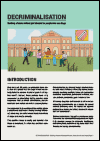Publications on People Who Inject Drugs (PWID)
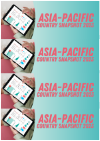
The country HIV snapshots prepared by UNAIDS’ HIV and AIDS Data Hub for Asia Pacific provide comprehensive information on the HIV epidemic and response in Asia and the Pacific countries. Download the country snapshots to find out the most up-to-date HIV data and analysis.
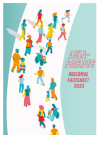
Marked inequalities and diverse epidemic trends affect progress in the HIV response in Asia and the Pacific. The HIV epidemic in the region disproportionately affects people from key populations, especially young people (aged 15–24 years), and their sexual partners. Download the regional factsheet to find out the most up-to-date HIV info, data and analysis.
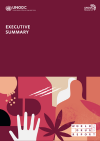
Drug use continues to be high worldwide. In 2021, 1 in every 17 people aged 15–64 in the world had used a drug in the past 12 months. The estimated number of users grew from 240 million in 2011 to 296 million in 2021 (5.8 per cent of the global population aged 15–64). This is a 23 per cent increase, partly due to population growth. Cannabis continues to be the most used drug, with an estimated 219 million users (4.3 per cent of the global adult population) in 2021.
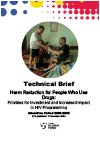
This brief is meant to help applicants to the Global Fund plan for and scale up effective HIV and hepatitis C programming for people who use drugs, particularly those who inject. Applicants should consult the Global Fund HIV Information Note and Modular Framework Handbook, which detail the full range of biomedical, behavioral and structural interventions that the Global Fund supports as part of a comprehensive HIV response. This brief, drawing on review of past programming and guidance from UN partners, highlights specific lessons and recommendations for harm reduction programming.
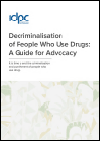

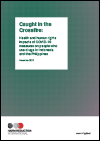
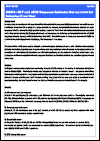
In Hong Kong, the number of HIV cases transmitted through injecting drug use (IDU) has remained low up till now and contributed to less than 5% of all reported cases cumulatively. However, the potential risk of cluster outbreak and rapid upsurge of infection among the IDU population is always a concern. To monitor HIV-related risk behaviours and access to HIV testing services among IDU, this population has been included as one of the four at-risk populations in the HIV/AIDS Response Indicator Survey (HARiS) implemented since 2013.






